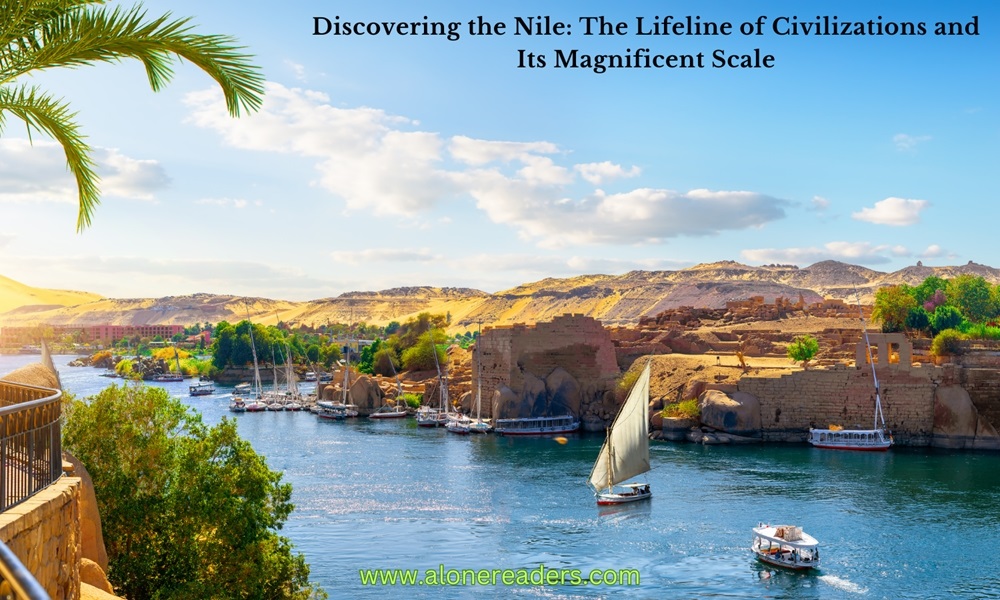
The Nile River has been a cradle of civilization and a source of life for thousands of years. Its waters have nourished lands and supported communities, making it a vital natural resource. This article delves into the importance of the Nile River and highlights its incredible size and geographical significance.
Cradle of Ancient Civilizations
The Nile River's fertile banks were the foundation for the development of ancient Egyptian civilization. It provided the necessary resources for agriculture, trade, and transportation, playing a crucial role in the growth and prosperity of one of the world's most fascinating ancient cultures.
A Source of Mythology and Culture
The river was not only a physical resource but also a source of inspiration for mythology, religion, and culture. The Egyptians revered the Nile as a god, and its annual flooding was celebrated as a symbol of renewal and fertility.
Tracing the Nile's Path
Stretching approximately 6,650 kilometers (4,130 miles), the Nile is often cited as the longest river in the world. It flows through eleven countries, including Egypt, Sudan, Uganda, and Ethiopia, showcasing a diverse array of landscapes and ecosystems.
The Blue and White Nile: Two Lifelines Converging
The Nile is formed by two major tributaries: the Blue Nile, originating in Ethiopia, and the White Nile, starting in Rwanda. These tributaries converge in Sudan, combining their waters to form the river known globally as the Nile.
Biodiversity Along the Nile
The river supports an incredible variety of ecosystems, from lush deltas to arid deserts. This diversity of habitats is home to numerous species of flora and fauna, many of which are unique to the region.
Challenges and Conservation Efforts
In recent years, the Nile has faced environmental challenges, including pollution and habitat loss. Conservation efforts are underway to protect this vital resource and the biodiversity it supports.
Economic Backbone of the Region
Today, the Nile continues to be a vital resource, supporting agriculture and providing water for millions of people. It is a key component of the economy in the region, integral to industries such as farming, fishing, and tourism.
The Nile and Geopolitics
The river's vast size and importance have also made it a focal point of geopolitical interests. Issues surrounding water rights and usage are central to the relationships between the countries through which the Nile flows.
Influence on Art and Literature
The Nile has been a muse for artists and writers for millennia. It has inspired countless works of art, literature, and music, reflecting its profound impact on human imagination and creativity.
Symbol of Life and Prosperity
In many cultures, the Nile is seen as a symbol of life, fertility, and prosperity. Its significance transcends mere geography, embodying the enduring relationship between nature and human civilization.
The Nile River is more than just a body of water. It is a symbol of life, a source of sustenance, and a witness to history. Its importance to the development of civilizations, its vast geographical reach, and its role in modern society underscore its status as one of the most significant rivers in the world. As we continue to explore and understand the Nile, we are reminded of the intricate connection between natural wonders and human progress.